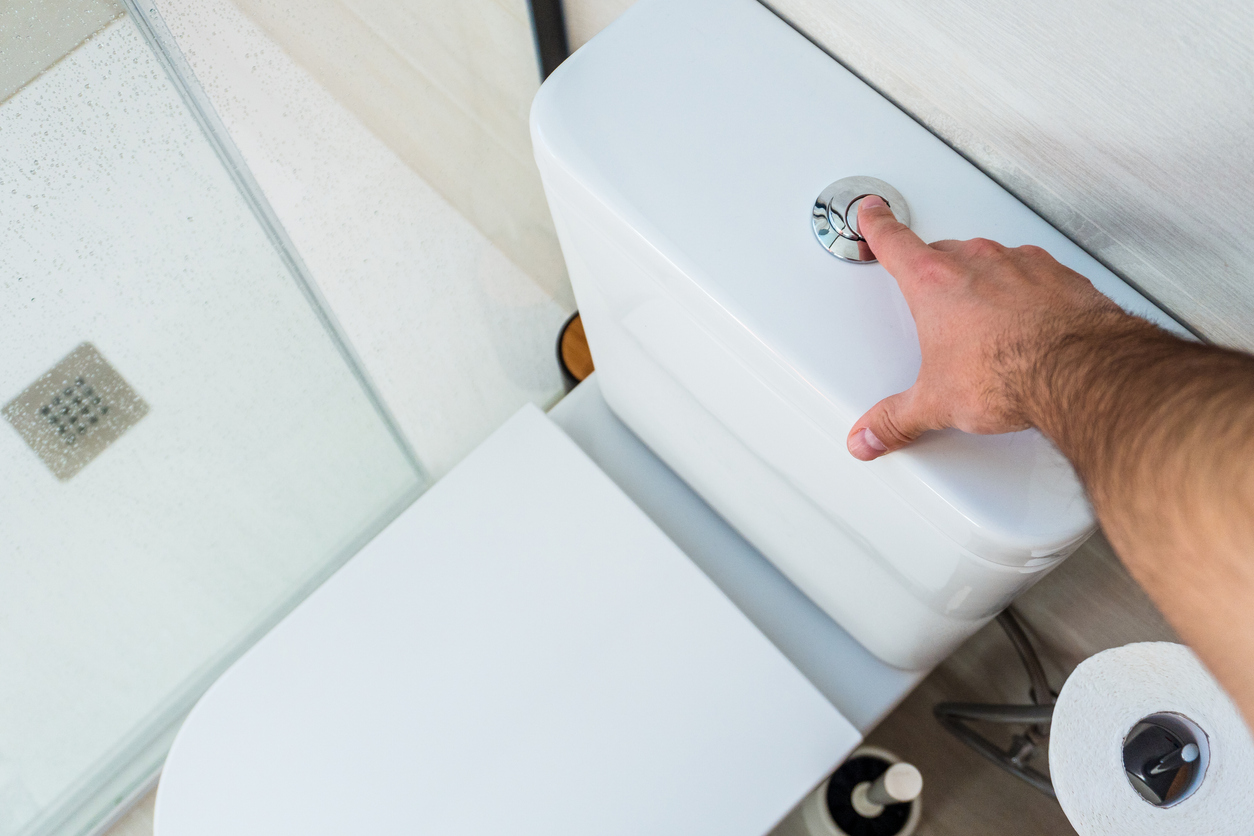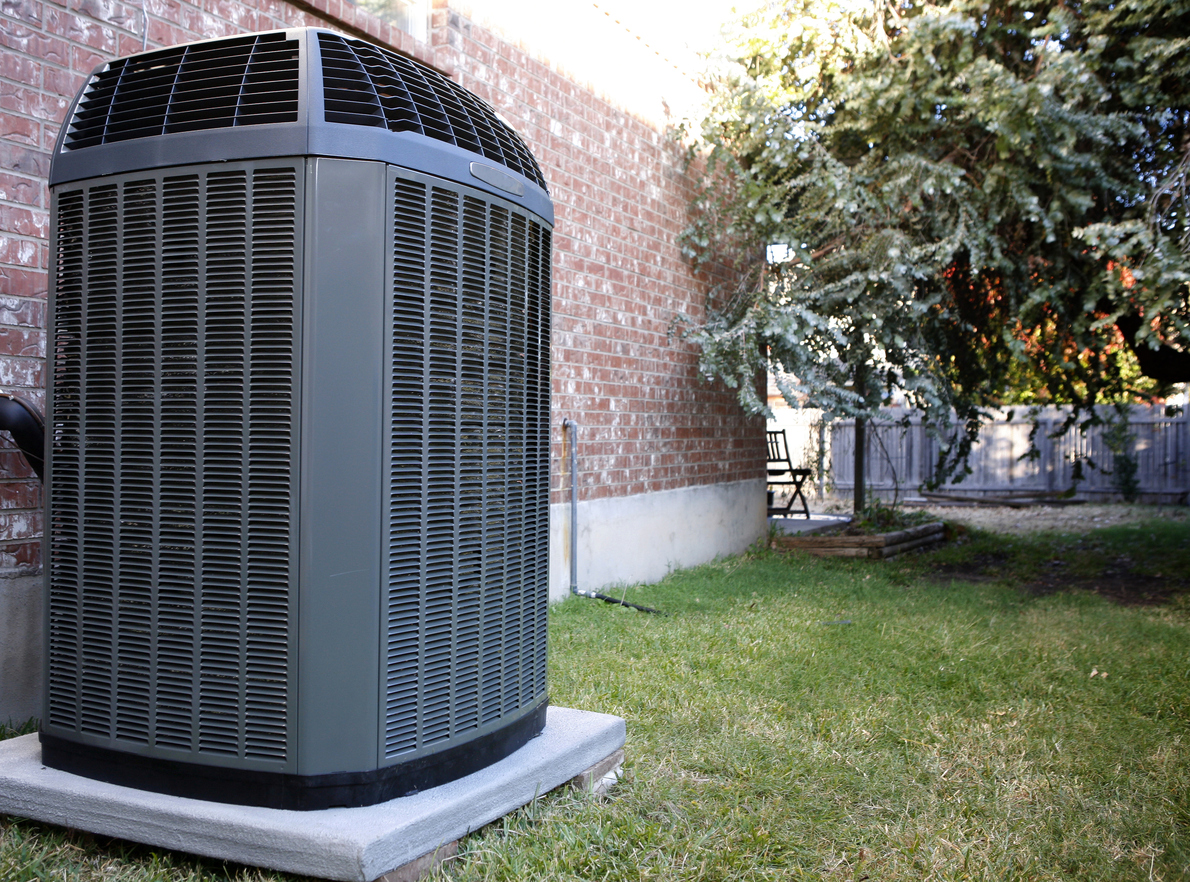Common Yard Drainage Problems and Solutions

A malfunctioning yard drainage is probably one of the most frustrating issues homeowners face. Every time it rains, your lawn or backyard becomes a virtual swamp that renders them practically unusable. Besides being an eyesore, a constantly wet yard can be dangerous, especially for children and the elderly. Standing water might also be an invitation to mosquitoes and other pests to wreak havoc in your home.
That’s why if you’re having yard drainage problems, practical solutions to prevent water pooling in your yard must be seriously considered.
Common Yard Drainage Problems
A yard that does not drain water properly can be due to several factors. Depending on the cause, different solutions may have to be considered, including professional help. Below are some of the common reasons you have poor lawn drainage.
1. Yard Slope
Most drainage problems can be attributed to a flat soil surface in your yard. If your yard is flat, water won’t be able to flow to the drains naturally and would most likely just collect on the yard itself.
There are two ways to address this problem. You can either install a French drain or dig a swale. A French drain is basically a pipe laid in a trench filled with gravel. The ends of the pipe are then wrapped in cloth (AKA sock pipe) to prevent dirt, stones, and other materials from clogging it. Swale or shallow valley, on the other hand, is just a simple open trench that diverts water away from your yard.
Both drains are easy to build DIY, and both effectively address standing water in the yard. However, French drains are mostly preferred by homeowners, especially if the problem area is a garden. That’s because a French drain is more aesthetically pleasing, especially if it’s well-constructed.
2. Impacted Soil
Soil compaction is a leading cause of poor yard drainage. This could be caused by construction projects around the house, such as in-ground pools. Companies installing these pools sometimes dig out the area and then distribute the earth around it. Often, the soil can take up to a year to dry out completely.
Roto-tilling your entire property and mixing the topsoil with other materials can be a good solution. It will help stabilize the area and allow it to integrate into the ecosystem.
3. Downspout
A gutter’s vertical section that funnels water to the ground is called a downspout. Many new homes have drainage issues because the builders didn’t install this important gutter feature. Without a downspout, rainwater that flows down from the gutter will remain where it lands instead of being diverted away. Meanwhile, some downspouts divert water toward your house rather than away. This also causes drain issues in the yard.
4. Erosion
If runoff water from your downspout has eroded some of your yard’s topsoil, the basin it would create will collect water.
Installing a dry creek bed can help drain the accumulated water. However, this will mean more work, so if you want to move water away from your yard naturally, you can put down a rubber liner and add a few rocks. The water should flow down through it like a water slide.
5. Walkways
If you have a concrete sidewalk in front of your home, this could block water from flowing through your yard and to the storm drain. Ideally, the sidewalk should run parallel to the front of your house, with an island set somewhere near. The sidewalk acts as a dam and retains water in the island area. Many downspouts are usually routed to this area, along with all the water coming from the roof.
If an island is non-existent, you can place stepping stones or cut a small portion of the sidewalk as a way of fixing a yard drainage. A pipe can also be installed under the sidewalk, along with a catch basin below.
6. High Water Table
This refers to a space in your yard with fully saturated soil. In a high water table, water fills the spaces found among rocks, sediment, sand, and particles. There are many reasons for this, which causes your yard to be constantly soggy and doesn’t seem to dry out. A large depression in the landscape could be the culprit, or you might have a poor pitch or slope.
In this case, installing a rain garden should effectively solve your yard drainage problems. It’s a great way of keeping water on your property, rather than sending it to the curb. A good rain garden is one that has been excavated and the material used is a gravel soil mixture of some kind that will slowly absorb water and distribute this around the area. This can eventually become visually stunning if filled with water-loving plants like ferns.
7. Standing Water
Bad yard drain is also an aesthetic problem, especially when there is standing water involved. This can seriously damage your lawn and landscape plants apart from posing a danger to your health since it can lead to the growth of mosquitoes and other pests. A patio can be installed, although if installed incorrectly, this could result in a little “pond”. With each rainstorm, the place can become a recipe for mosquito breeding.
8. Organic Matter
These are composed of plant and animal matter that have decomposed. They help improve soil content by providing the needed nutrients. However, some microorganisms like earthworms can consume too much organic matter, leaving the soil dryer and less porous that water could not flow through.
9. Clay Content
Clay is an extremely dense and clumpy soil particle, which is great when it comes to retaining nutrients and moisture. On the downside, it can cause poor water and air circulation. This can consequently turn your yard into a swamp, making it useless for your family and friends.
10. Basement Water
Yard drainage problems that can lead to water getting into the basement area are every homeowner’s nightmare. To avoid this, you can have your basement waterproofed and any incoming water pitched away. Another option is to install sump pumps so the water can be effectively drained.
Key Takeaway
Encountering problems with drainage in the yard is not uncommon. Many homeowners have some type of problem concerning their yard. The key is to find out how to fix drainage issues in the yard by identifying the cause.
For newly-built houses, the lack of a downspout is a common reason why they have problems with lawn drainage. The obvious solution is to have a downspout installed. Meanwhile, having flat land onto which your house was built will also have yard drain issues. A sloping terrain that drives water away from your home should resolve this. On the other hand, if your underground pipes are the cause of problems in your lawn drainage, you can get advice from professional plumbers on the best option you can take.
For all problems related to drainage around the house, Absolute Electrical Heating and Air has all the solutions.
If there’s standing water in your front yard and you don’t exactly know where it’s coming from, let Absolute Electrical Heating and Air help you find out. We have advanced and sophisticated tools and equipment complemented by a highly-experienced plumber in Colorado Springs who can identify the problem quickly and help you with improving the yard drainage. Contact us and let us handle your yard drainage problems.
CONTACT US
Request Service


Save Every Year with an Absolute Advantage Membership
Expert Annual System Safety Inspections & More
- Priority service
- Waived dispatch fees
- Yearly furnace, A/C, & electrical system inspections
- 10% discount on repairs and additional diagnostic services
- Up to $500 off HVAC & electrical panel replacements







